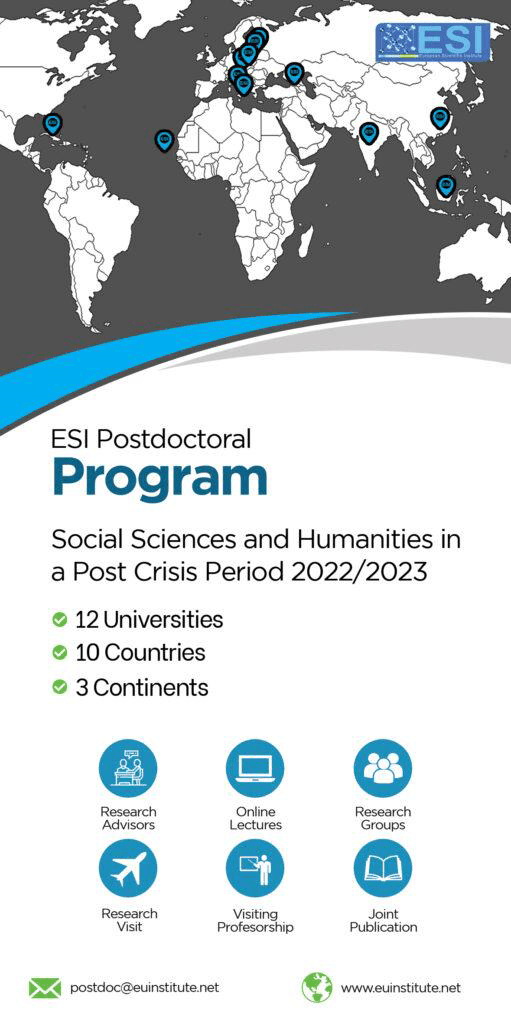WORKERS’ REMITTANCESAND ECONOMIC GROWTH: EVIDENCE FROM JORDAN
Abstract
The main goal of the present study is to highlight the effect of remittances on economic growth (GDP). Using regression analysis (OLS), the study also analyzes the effects of other traditional sources of economic growth, such as gross fixed capital formation, foreign direct investment, and labor force. The study shows that there is a positive effect of remittances on GDP. These results are in line with the deferent studies. On the other hand the effects of other traditional sources of economic growth, such as gross fixed capital formation show that there is a positive effect on GDP , a negative effect of foreign direct investment on GDP, while no significant effect of labor force on GDP. Thus the study can conclude the following for the case of Jordan as far as economic growth is concerned: - Remittances in Jordan are used both for consumption to increase the standard of living for family in the home country and profit-driven investments. - Fixed capital is the key factor that promotes economic growth of Jordan. - Jordan needs to increases the external capital flow in general and consequently the role of FDI as part of it. - labor force is not considered to be the main contributor to economic growth of JordanDownloads
Download data is not yet available.
Metrics
Metrics Loading ...
Published
2015-09-28
How to Cite
ArefAssaf, A. (2015). WORKERS’ REMITTANCESAND ECONOMIC GROWTH: EVIDENCE FROM JORDAN. European Scientific Journal, ESJ, 11(25). Retrieved from https://eujournal.org/index.php/esj/article/view/6202
Section
Articles







